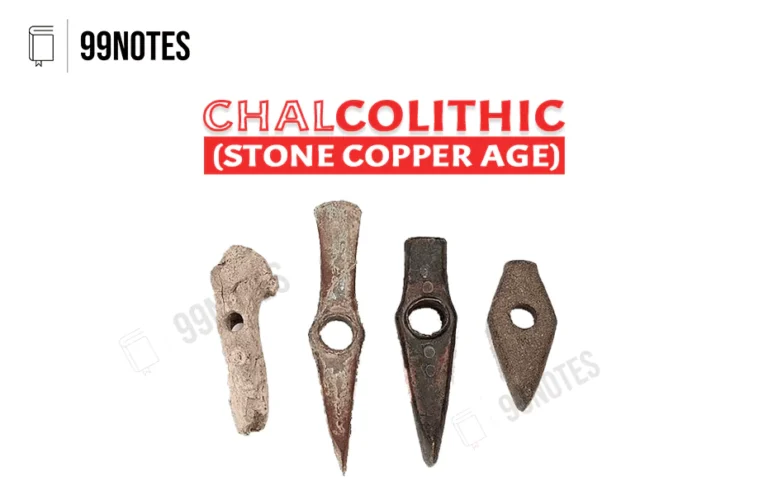Post Mauryan Period: Shunga, Kanva Dynasties & More [UPSC Notes]
Post Mauryan Period The period from 200 BCE onwards is known as Post-Mauryan Period. It did not witness a large empire like the Mauryas but is known for its intimate contact between Central Asia and India.

![Post Mauryan Period: Shunga, Kanva Dynasties &Amp; More [Upsc Notes] | Updated July 8, 2024 Post Mauryan Period: Shunga, Kanva Dynasties & More [Upsc Notes]](https://99notes.in/wp-content/uploads/2023/04/post-mauryan-age-99notes-upsc-1-768x495.webp)
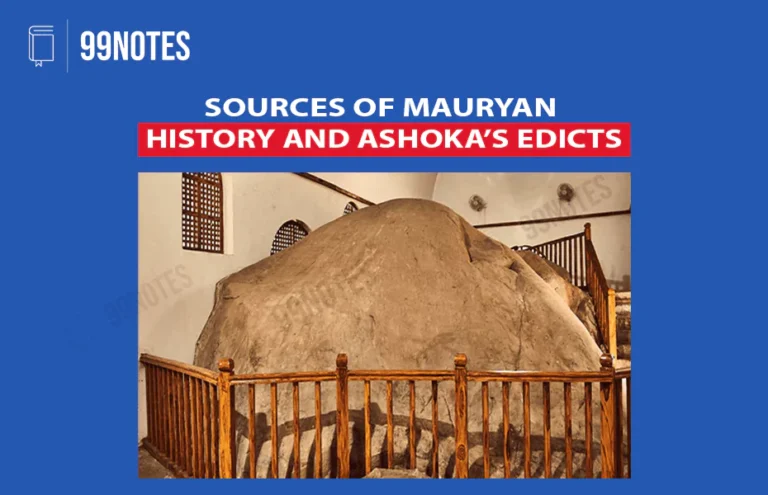
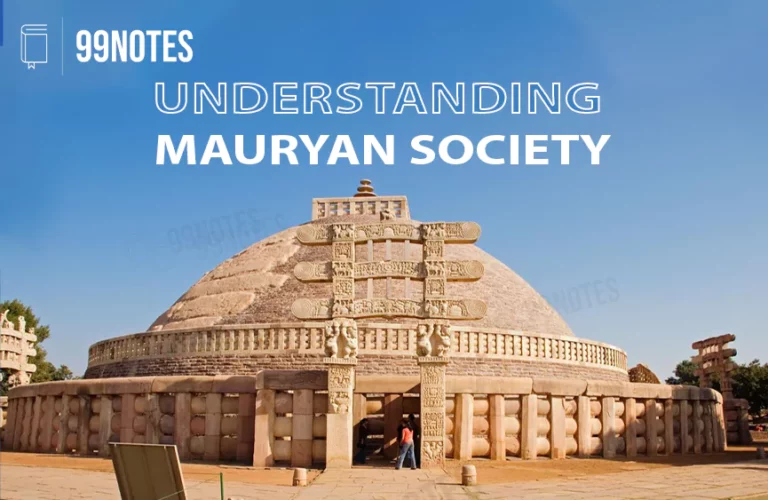
![Mauryan Empire (321-185 Bce): Rulers, Map, &Amp; Administration [Complete Notes For Upsc Exams] | Updated July 8, 2024 Mauryan Empire (321-185 Bce): Rulers, Map, &Amp; Administration [Complete Notes For Upsc Exams]](https://99notes.in/wp-content/uploads/2023/04/mauryan-empire-99notes-upsc-1-768x495.webp)

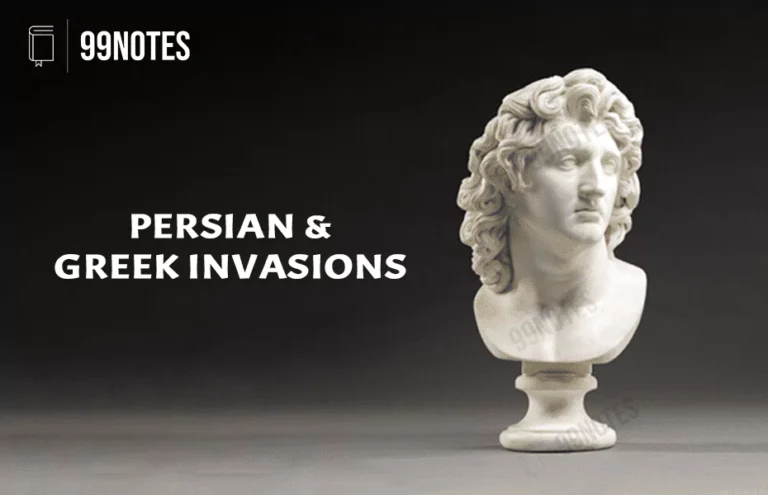
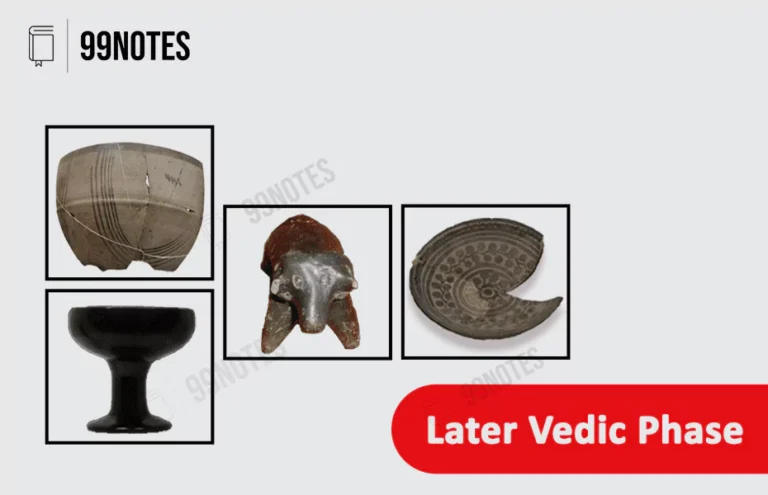
![Complete Vedic Period Upsc Notes [1500 Bce-500 Bce] | Updated July 8, 2024 Complete Vedic Period Upsc Notes [1500 Bce-500 Bce]](https://99notes.in/wp-content/uploads/2023/04/vedic-culture-99notes-upsc-1-768x495.webp)
